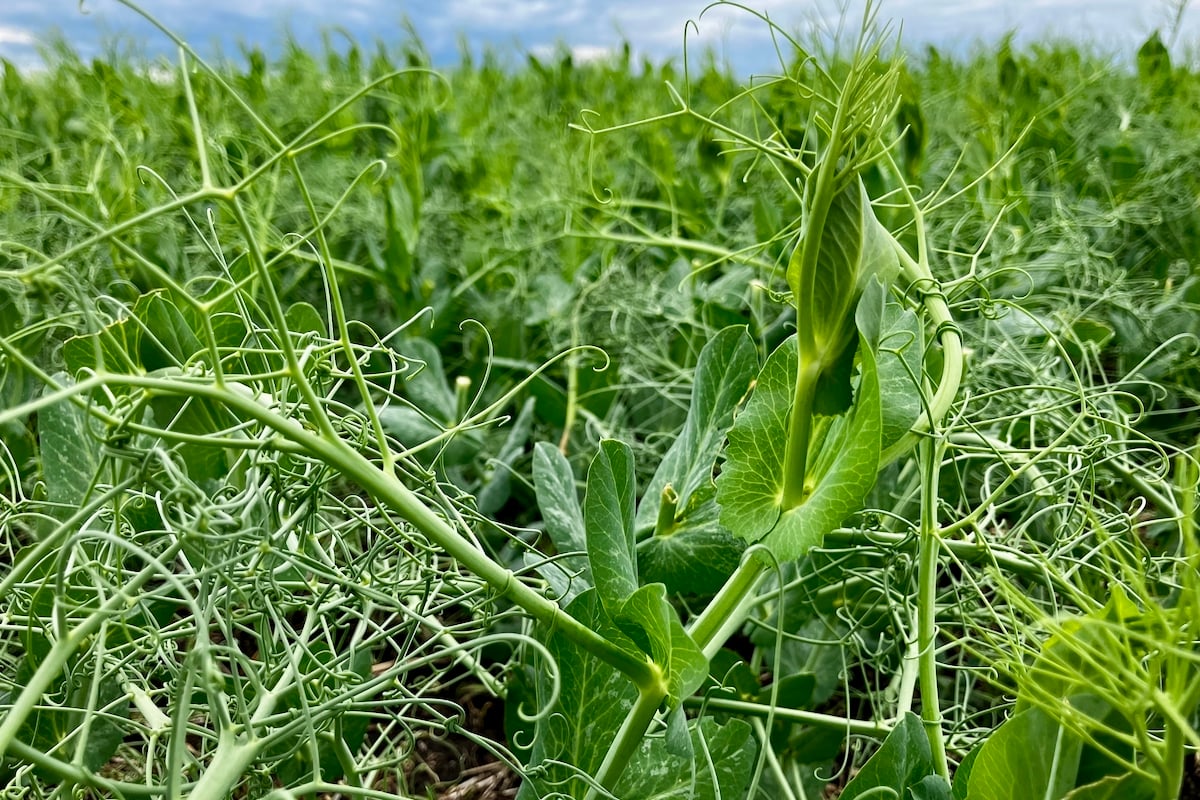Glacier FarmMedia — The yellow pea market just received another gut punch.
India has imposed a 30 per cent duty on yellow pea imports with a bill of lading date on or after Nov. 1, 2025.
“It is disappointing to hear,” said Derek Squair, president of Exceed Grain Marketing.
“It’s going to be very hard on yellow peas. That’s a big market for us.”
Why it Matters: Canada desperately needed the Indian market because it is shut out of China.
Read Also

Near record September major grain deliveries: Statistics Canada
Canadian farmers made heavy deliveries of grains and oilseeds off the combine and into the commercial pipeline this September, with total deliveries of the major crops up 13.3 per cent from the same month the previous year, reported Statistics Canada.
The announcement comes as a shock because less than a week ago, India confirmed it would be keeping tariffs at zero per cent through March 31, 2026.
Canada is now facing trade-reducing tariffs in both of its top markets.
China imposed a 100 per cent tariff on Canadian peas in March in response to Canada’s tariffs on Chinese electric vehicles, steel and aluminum.
The trade barriers are taking a toll on yellow pea prices, which are already down 34 per cent from a year ago, according to Saskatchewan Agriculture.
“Typically, we’re $10 per bushel off the combine and we’re quite a bit lower than that,” said Squair.
Stat Publishing lists the average medium No. 1 yellow pea bid at $6.95 per bu. as of Oct.29.
There are markets for split peas in the United States and other countries, but Canada does not have a lot of processing capacity.
He thinks peas will have to head into the feed market, driving down the price of competing feed crops such as barley even further. Feed crops were already under pressure from the massive U.S. corn crop.
Competing ingredients such as feed wheat and distillers grains are selling for around $225 per tonne, which works out to about $6.12 per bu.
Squair doesn’t think yellow pea prices will drop that low, but that’s what they’re competing with in the feed market.

















